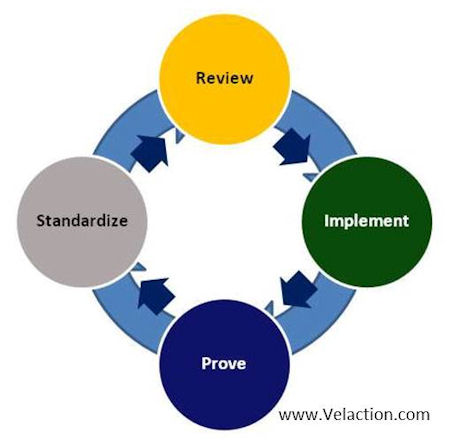Value Stream Analysis
Value stream analysis is one of the steps in the value stream mapping process. The first step is to create a current state value stream map. This is simply a snapshot in time of the current conditions of an organization. Once the map is complete, however, you must decide what Read more…

